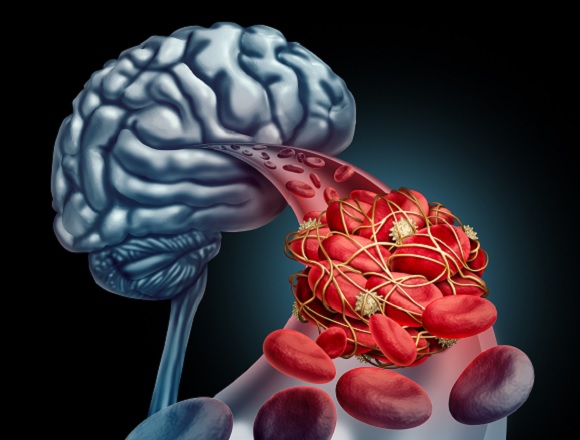References
Sims JR, Zimmer JA, Evans CD, et al; TRAILBLAZER-ALZ 2 Investigators. Donanemab in Early Symptomatic Alzheimer Disease: The TRAILBLAZER-ALZ 2 Randomized Clinical Trial. JAMA. 2023 Aug 8;330(6):512-527. doi: 10.1001/jama.2023.13239. PMID: 37459141; PMCID: PMC10352931.Background: Alzheimer disease is the most common form of dementia. It is associated with the presence of abnormal brain beta-amyloid that leads to neurofibrillary tangles composed of tau protein and other brain changes, which, in turn, may affect cognitive function. Donanemab is a monoclonal antibody designed to clear brain beta-amyloid plaque, which may retard the clinical progression of Alzheimer disease.
Methods: This study was a randomized, double-blind, placebo-controlled trial that enrolled patients with early symptomatic Alzheimer disease, defined as having mild cognitive impairment/mild dementia (Mini-Mental State Examination score of 20-28) with amyloid and low/medium or high tau pathology based on brain imaging. Patients received donanemab (n = 860) or placebo (n = 876) intravenously every 4 weeks for 72 weeks. Patients in the donanemab group were crossed over to receive placebo in a blinded manner if dose completion criteria were satisfied. The primary trial outcome was change in the integrated Alzheimer Disease Rating Scale (iADRS) score from baseline to 76 weeks (range, 0-144; lower scores indicate worse function/greater impairment).
Results: There were 1736 patients enrolled (mean age = 73.0 years; 57.4% women), of whom 68.1% had low/medium tau pathology and 31.8% had high tau pathology; 76% completed the trial. The least-squares mean change in the iADRS score at 76 weeks was -6.02 (95% CI, -7.01 to -5.03) in the donanemab group and -9.27 (95% CI, -10.23 to -8.31) in the placebo group (difference = 3.25 [95% CI, 1.88-4.62]; P < .001) in the low/medium tau population and -10.2 (95% CI, -11.22 to -9.16) with donanemab and -13.1 (95% CI, -14.10 to -12.13) with placebo (difference = 2.92 [95% CI, 1.51-4.33]; P < .001) in the combined population. Patients in the donanemab group had a 38.6% risk reduction of disease progression.
After one year of treatment, cerebral amyloid plaque had significantly decreased in 52% of low/medium tau participants, with 80% achieving amyloid clearance at 76 weeks. Amyloid-related brain edema or effusion occurred in 24.0% of patients in the donanemab group (all symptomatic) and in 2.1% of the placebo group (all asymptomatic).
Conclusions: The authors concluded that in patients with early symptomatic Alzheimer disease and amyloid and tau pathology, donanemab significantly slowed clinical progression at 76 weeks in those with low/medium tau and in the combined low/medium and high tau group.
McMaster editors’ commentary: Additional research is needed to identify which patients may benefit most from this treatment, although the consensus appears to be that it is those who have amyloid plaques in the early phase of dementia. In addition, it is not clear which patients may be at higher risk for symptomatic brain edema and whether inhibition of plaque development is contingent on ongoing treatment.
 English
English
 Español
Español
 українська
українська










